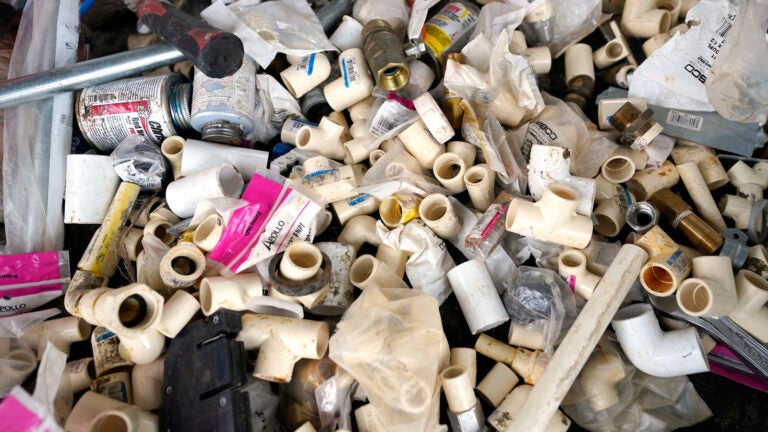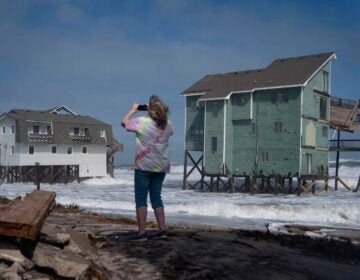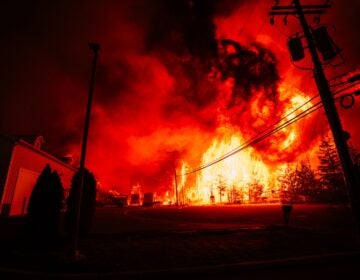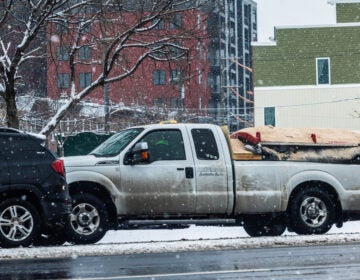How to keep pipes from freezing in cold weather and what to do if your pipes freeze
Pipes frozen? Follow these tips on how to prevent your pipes from freezing when the temperature drops — and what to do if your pipes freeze.

Plumbing repair parts are stacked on a driveway outside a home under repair, Thursday, Feb. 25, 2021, in Houston. The pipes in many area homes froze during a recent winter storm. (AP Photo/David J. Phillip)
This story originally appeared on 6abc.
Water expands when it freezes, so when water in your home pipes start to expand, it has nowhere else to go and can cause your pipes to burst.
When the temperature begins to drop, follow these tips from AccuWeather and the National Weather Service to keep your pipes from freezing:
How to prevent your pipes from freezing
- Drip your faucet. Just a small drip or stream can be enough to help prevent damage.
- Open the cabinet doors beneath your sink so room temperature air can warm the pipes.
- Make sure your heat is on, even overnight. Your heating costs may go up, but the damage from a burst pipe is worse.
- Cover outdoor faucets with something protective. Add more insulation to attics, basements and crawl spaces.
- Frost on your pipes could mean that they are frozen. If your faucet has a small amount of water coming out or none at all, it is also likely frozen.
What to do if your pipes are frozen
- If they are frozen, first turn on the faucet. Water will drip as you warm the pipes.
- Heat the pipes using a space heater, heating pad, electric hair dryer or hot water on a cloth. Never use an open flame to thaw frozen pipes and faucets. You can use an electric heater, but monitor it to make sure it doesn’t get wet.
- Continue until water pressure returns to normal or call a plumber if you have more issues.

Get daily updates from WHYY News!
WHYY is your source for fact-based, in-depth journalism and information. As a nonprofit organization, we rely on financial support from readers like you. Please give today.




